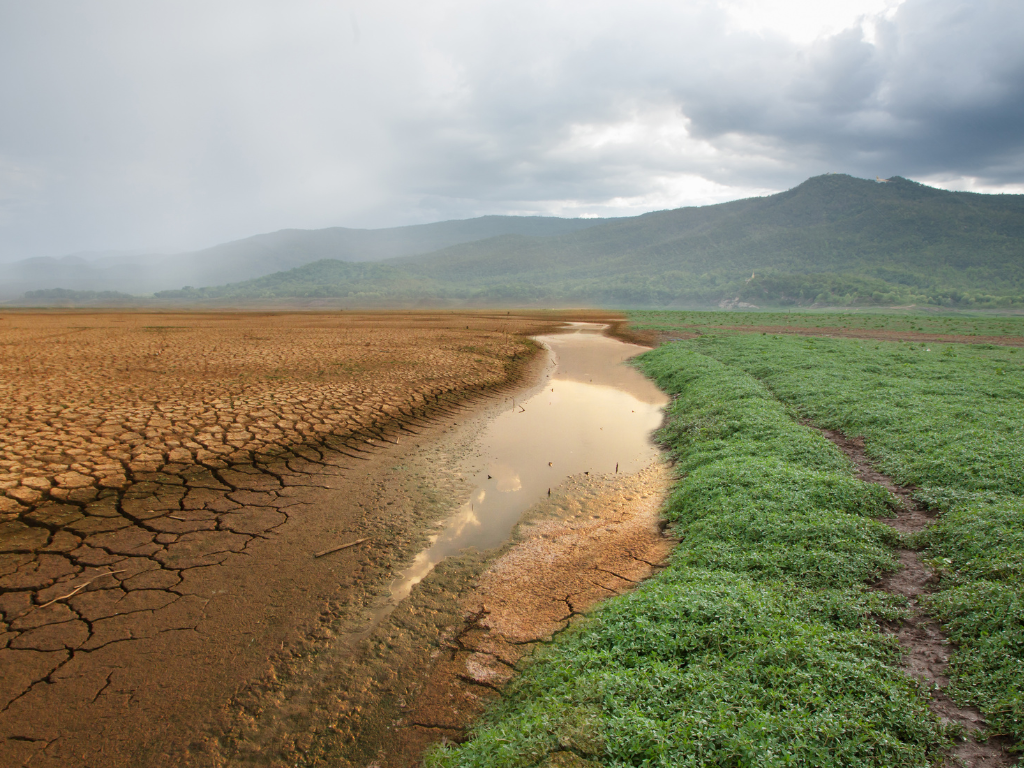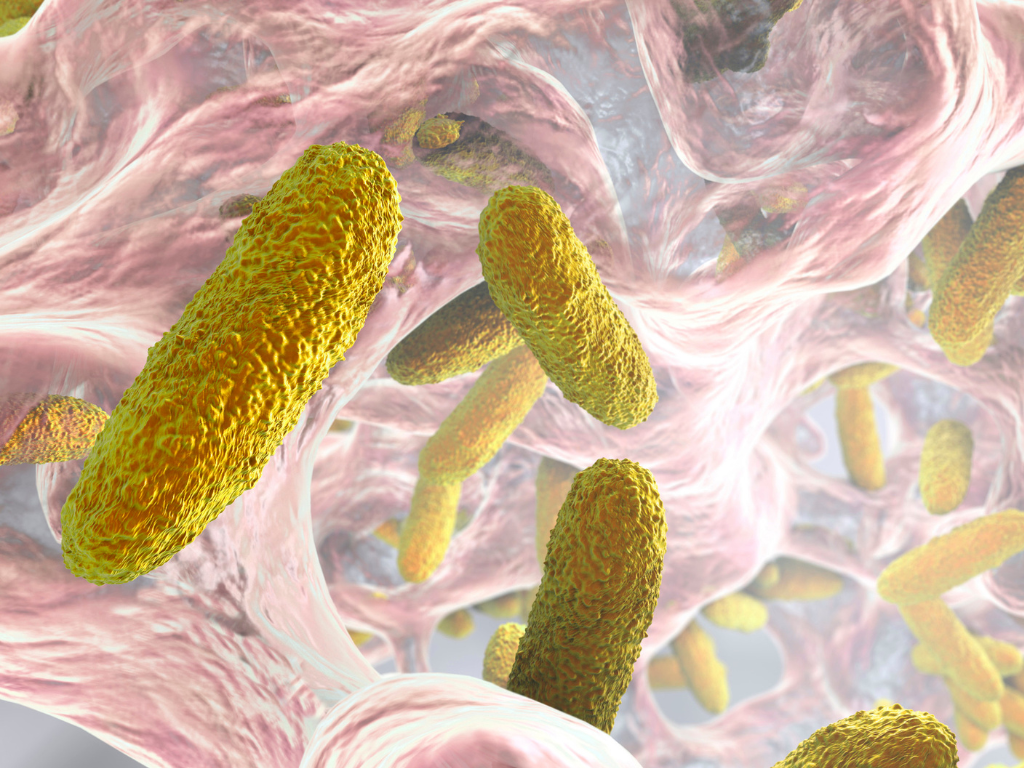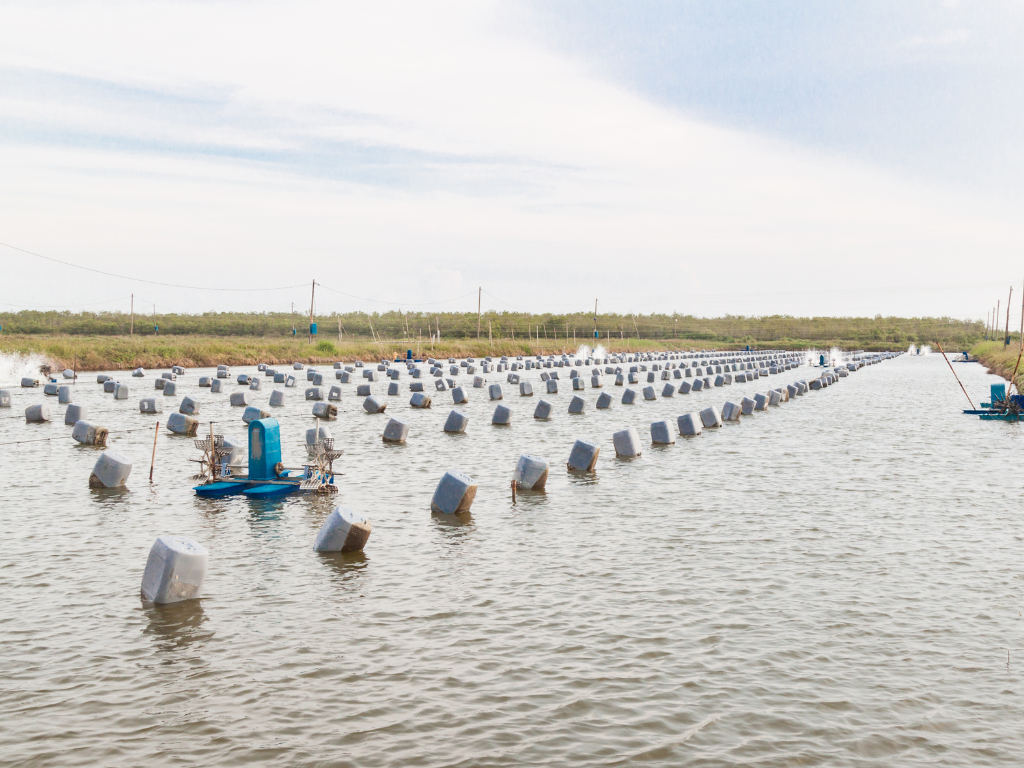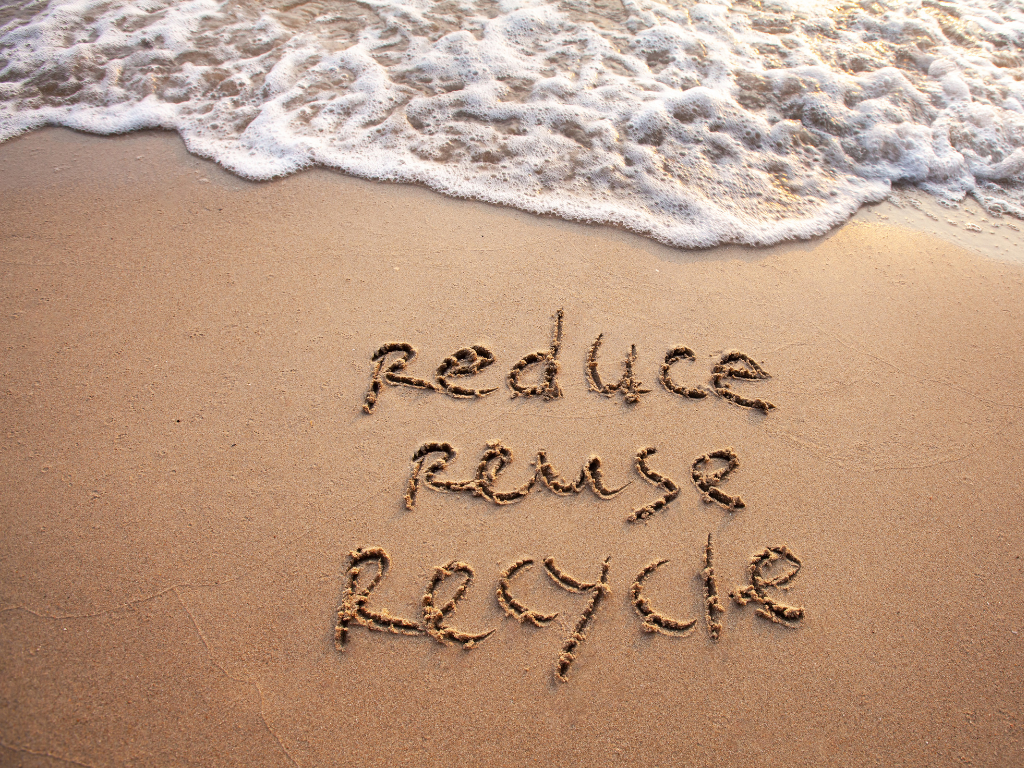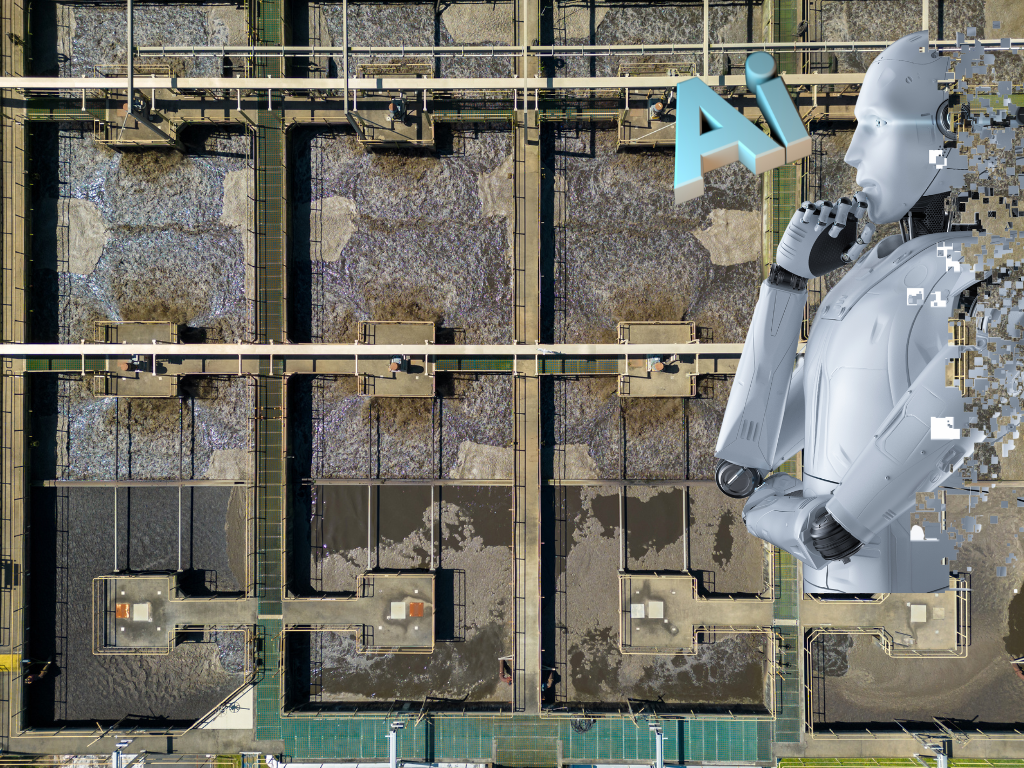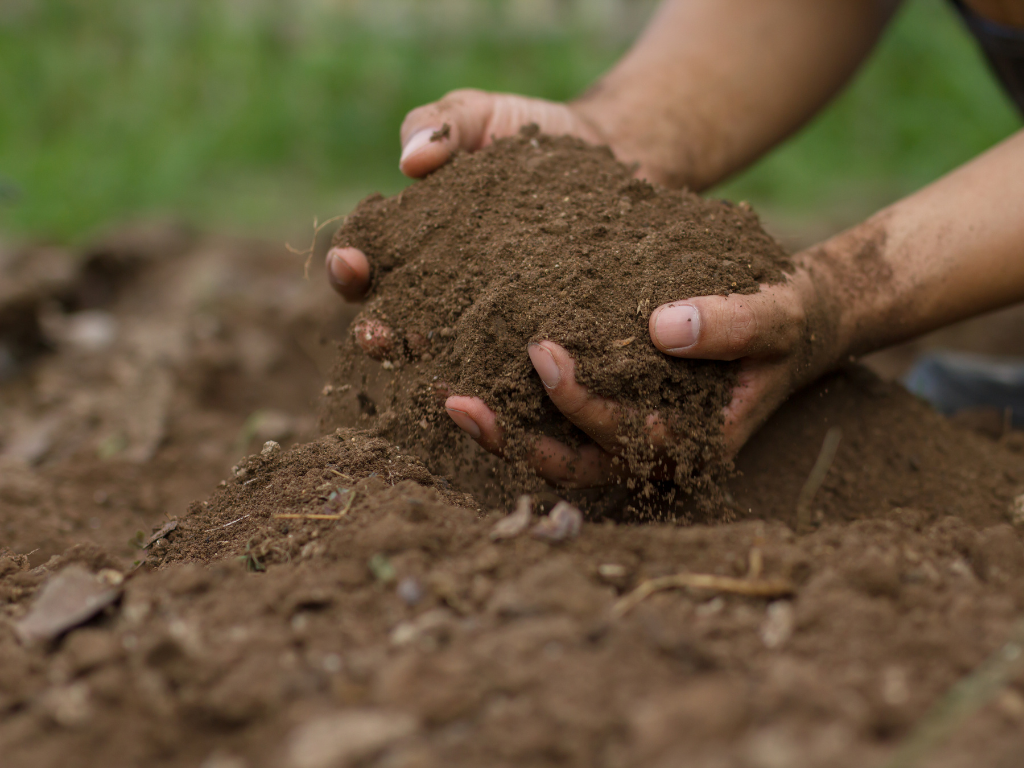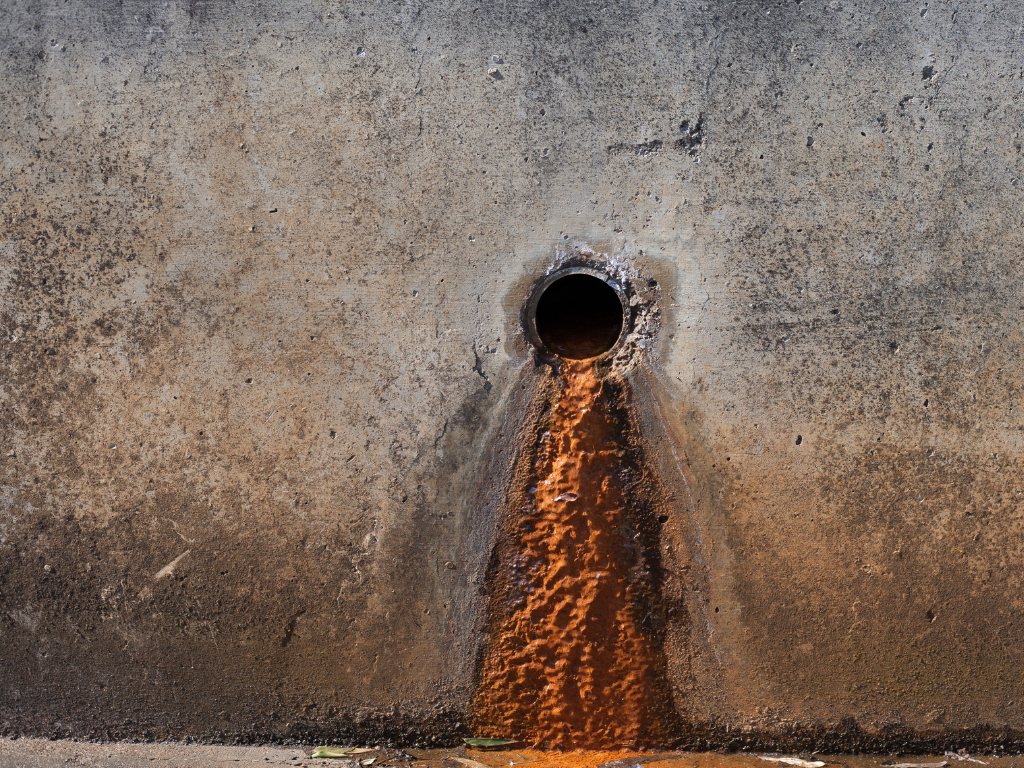What is abiotic & biotic stress and how does it impact our environment
Stress is a natural phenomenon that affects all living organisms, including microbes, plants, animals, and humans. Stress can arise due to multiple factors like environmental conditions such as temperature, water availability and nutrients, as well as due to factors like competition, predation, and disease. It is important to know how abiotic and biotic stress affects our environment. His will help us in the development of sustainable management practices and ensuring the continued good health of our various ecosystems.
Abiotic stress deals with environmental factors that can negatively impact the growth and survival of living organisms. They include extreme temperatures, drought, flooding, nutrient deficiencies and toxic substances. Abiotic stress leads to big impact on plant growth which can further lead to reduced crop yields, lower plant diversity and disturbance in the distribution of plant communities. In aquatic ecosystems, abiotic stress affects water quality, decreased oxygen levels partial biodegradation of pollutants.
Biotic stress refers to the effects of one living organism on other living organisms. This basically includes competition for resources such as food, water, and space along with predation, and disease. Due to biotic stress, you can find changes in the distribution and abundance of species along with changes in the structure and functioning of an ecosystem. In an agricultural system, biotic stress can result in significant crop losses and extremely poor yield and compromised produce. They also increase the use of pesticides further leading to environmental damage.
Abiotic and biotic stress can have both positive and negative outcomes. For example, in a plant drought and nutrient stress can lead to reduced plant growth and crop yields, but it can also help some plants to improve their water use efficiency and nutrient uptake. Similarly, competition can lead to a reduced population of ineffective microbes while promoting the growth of robust microbial species in a bioaugmentation process leading to maximum pollution degradation in a wastewater treatment plant
It is important to understand using the right kind of natural microbial cultures which have the ability to perform and grow in abiotic & abiotic stress environment will overall help their use in agriculture, aquaculture or various environmental applications. Abiotic and biotic stress are natural phenomena that can have significant impacts on our environment. The use of robust microbial consortia to promote positive outcomes while mitigating negative impacts can help ensure the continued health and productivity of our ecosystems while protecting our natural resources.

